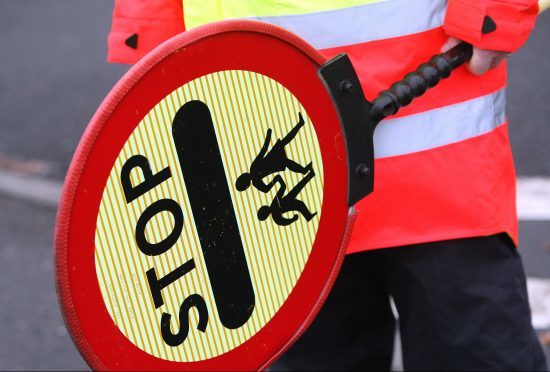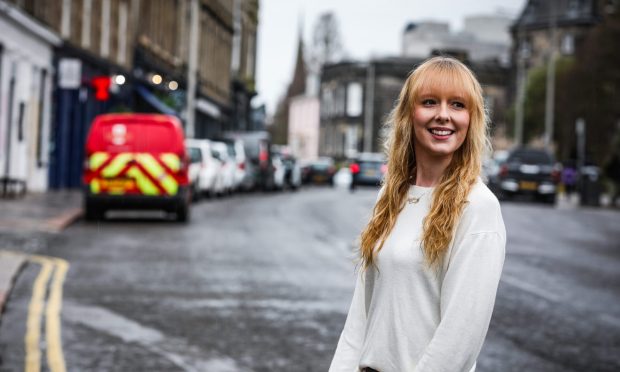The main barrier to getting more children to walk or cycle to school is parents’ fears they may be injured, it’s been claimed.
According to a new study released by Sustrans Scotland and the Scottish Parent Teacher Council, nearly 43% of parents felt dangerous driving, unsafe routes and school entrances, and inadequate pavements or crossings were all major deterrents to letting their offspring take the active option.
But the survey of 1,232 parents also revealed that their own convenience was a key factor in influencing whether or not their children travelled actively to school.
Sustrans Scotland’s acting head of behaviour change Lynn Stocks said the probe formalised what it had been hearing anecdotally from parents and teachers for some time.
“Increasing the number of pupils travelling actively to school is a simple way of providing children with the moderate intensity of exercise required every day.
“However, it is clear that as long as parents feel that these journeys are not safe, they will be unwilling for their children to travel actively.”
She added that while funds, like Sustrans Scotland’s Safer Routes to School, help to make active journeys safer and easier for parents and children, it was clear that there was still more needing to be done to improve safety around schools if healthy travel habits in children were to be encouraged.
Eileen Prior, executive director of SPTC, said parents often received conflicting messages.
“They are expected simultaneously to be responsible for keeping their children safe, for ensuring they are fit and active, and very often, for getting to work on time.
“These pressures often lead to a vicious circle of competing imperatives.
“For instance, we know driving too close to schools to drop off children actually creates danger in many ways.
“Schemes which encourage parents to park and walk some distance away from school gates, or walking buses, help children to be healthy and remove congestion from outside schools.”
The council encouraged parent groups to work with schools on ways to help families tackle these issues adding: “It is often not an easy fix but sometimes the most difficult things are the most rewarding.”










